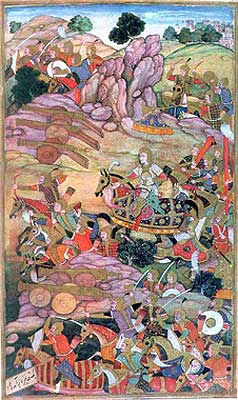A1Kaid
PDF THINK TANK: ANALYST

- Joined
- Oct 20, 2008
- Messages
- 9,667
- Reaction score
- 8
- Country
- Location
This thread is dedicated to the history of the Mughal Empire. Please post images, videos, and information about the Islamic Mughal Empire here. Discussions on Mughal culture, religion, rule, leaders, weaponry, army, war, and overall history.

Muslim Mughal Empire Rulers of the Indian Subcontinent for a Thousand Years!
Muslim City (Abandoned) of the Mughal Empire.
This video presents Akbar the Great's endeavor to build an Islamic Mughal Capital larger than London itself.
Mughal Siege of Chittor Fortress, An Epic Battle!
The Turks and Mehmet II Are NOT the Only Conquerors for Islam!
Muslim Mughal Empire Rulers of the Indian Subcontinent for a Thousand Years!
Muslim City (Abandoned) of the Mughal Empire.
Mughal Siege of Chittor Fortress, An Epic Battle!
Last edited by a moderator:





